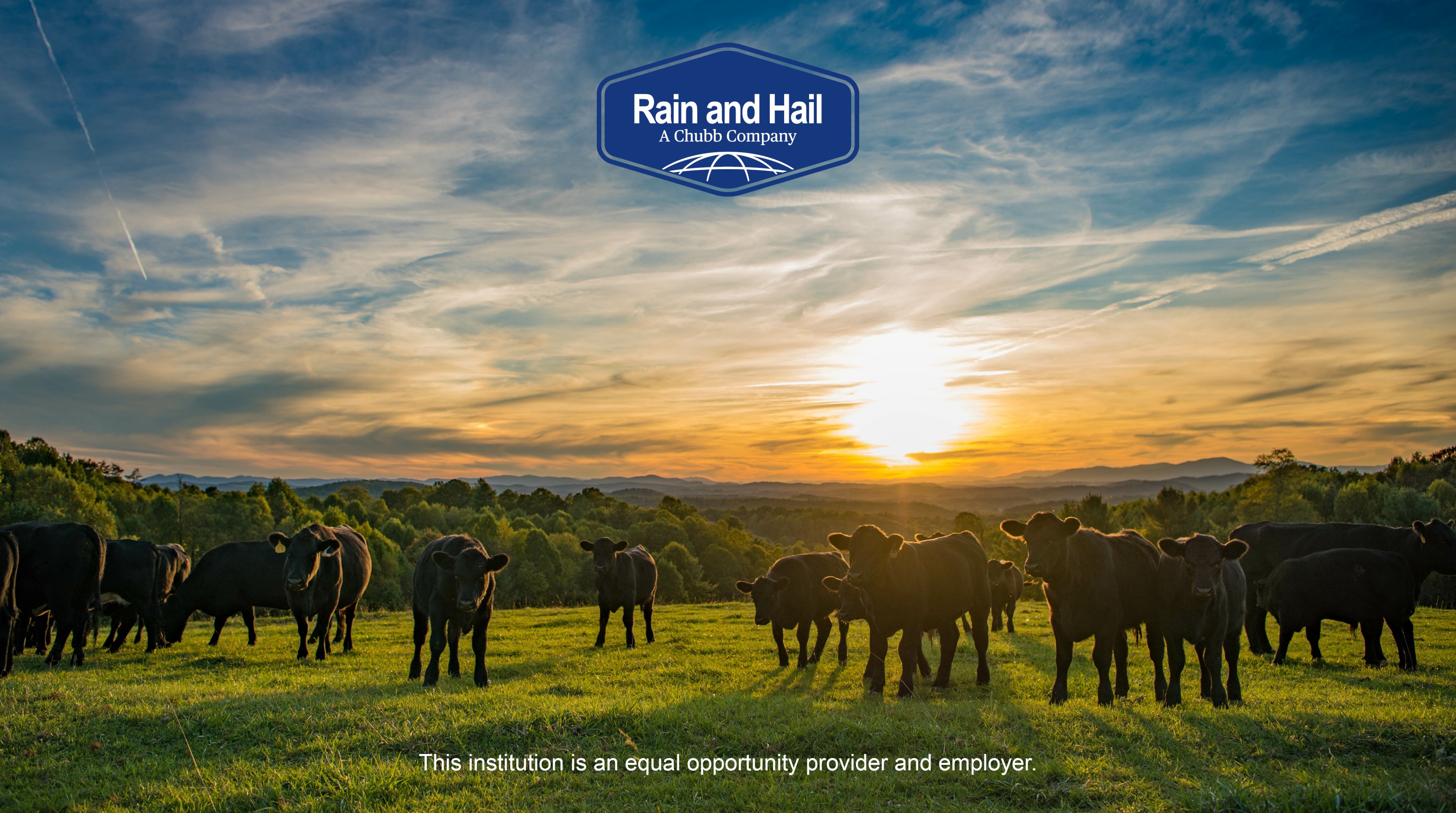Bagley Risk Management : Securing Your Organization Future
Wiki Article
Comprehending Livestock Danger Security (LRP) Insurance Coverage: A Comprehensive Guide
Navigating the world of livestock threat protection (LRP) insurance policy can be a complicated undertaking for numerous in the farming market. This kind of insurance offers a security net versus market fluctuations and unpredicted situations that can impact livestock manufacturers. By understanding the ins and outs of LRP insurance, producers can make educated choices that may protect their procedures from economic threats. From how LRP insurance coverage operates to the various protection alternatives readily available, there is much to uncover in this extensive overview that might possibly form the means animals producers approach risk management in their companies.

Exactly How LRP Insurance Functions
Occasionally, comprehending the auto mechanics of Livestock Danger Security (LRP) insurance coverage can be intricate, yet damaging down just how it functions can offer clarity for herdsmans and farmers. LRP insurance is a risk administration tool developed to safeguard livestock producers against unforeseen rate decreases. It's crucial to note that LRP insurance policy is not an earnings warranty; rather, it concentrates entirely on price risk protection.Qualification and Insurance Coverage Options

When it comes to protection options, LRP insurance coverage uses manufacturers the versatility to select the coverage degree, insurance coverage duration, and endorsements that best fit their threat monitoring demands. By comprehending the eligibility criteria and insurance coverage choices offered, livestock manufacturers can make educated decisions to take care of danger successfully.
Advantages And Disadvantages of LRP Insurance
When evaluating Animals Danger Protection (LRP) insurance policy, it is essential for animals producers to weigh the benefits and drawbacks fundamental in this threat administration tool.
One of the primary advantages of LRP insurance is its capability to supply security against a decline in livestock costs. Furthermore, LRP insurance coverage uses a degree of versatility, enabling producers to customize protection levels and policy durations to suit their certain needs.
One constraint of LRP insurance coverage is that it does not safeguard versus all types of threats, such as illness outbreaks or all-natural disasters. It is crucial for producers to meticulously examine their individual threat exposure and monetary situation to establish if LRP insurance policy is the ideal danger management device for their operation.
Understanding LRP Insurance Coverage Premiums

Tips for Taking Full Advantage Of LRP Conveniences
Making the most of the advantages of Animals Threat Protection (LRP) insurance coverage needs critical preparation and proactive risk monitoring - Bagley Risk Management. To make the most of your LRP protection, think about useful content the adhering to ideas:Frequently Examine Market Problems: Keep educated concerning market fads and rate variations in the animals sector. By monitoring these factors, you can make informed decisions about when to purchase LRP coverage to shield versus possible losses.
Establish Realistic Protection Levels: When selecting coverage degrees, consider your production costs, market value of animals, and possible dangers - Bagley Risk Management. Establishing reasonable protection levels guarantees that you are appropriately secured without overpaying for unnecessary insurance
Expand Your Coverage: Rather than depending entirely on LRP insurance coverage, consider expanding your danger administration techniques. Combining LRP with various other danger management devices such as futures contracts or options can give thorough protection against market unpredictabilities.
Evaluation and Change Coverage On a regular basis: As market conditions transform, regularly review your LRP protection to ensure it lines up with your current threat exposure. Readjusting coverage degrees and timing of purchases can assist optimize your danger protection approach. By following these pointers, you can maximize the advantages of LRP insurance coverage and guard your livestock procedure against unanticipated risks.
Final Thought
Finally, animals threat protection (LRP) insurance coverage is a valuable tool for farmers to take care of the financial dangers related to their livestock operations. By understanding exactly how LRP functions, qualification and coverage choices, along with the pros and disadvantages of this insurance coverage, farmers can make enlightened choices to safeguard their source of incomes. By thoroughly taking into consideration LRP premiums and implementing techniques to maximize benefits, farmers can reduce prospective losses and make certain the sustainability of their procedures.
Animals manufacturers interested in getting Livestock Threat Protection (LRP) insurance can check out a variety of eligibility requirements and protection choices tailored to their particular livestock operations.When it comes to coverage options, LRP insurance offers producers the adaptability to choose the insurance coverage degree, insurance coverage duration, and endorsements that finest fit their danger administration requirements.To comprehend the details of Animals Threat Defense (LRP) insurance coverage completely, comprehending the aspects influencing LRP insurance policy costs is essential. LRP insurance policy costs are figured out by different visit this site right here elements, consisting of the protection level picked, the anticipated price of animals at the end of the protection period, the kind of livestock being insured, and the size of the protection duration.Evaluation and Adjust Protection Frequently: As market conditions transform, periodically assess your LRP protection to guarantee it lines up with your current danger exposure.
Report this wiki page